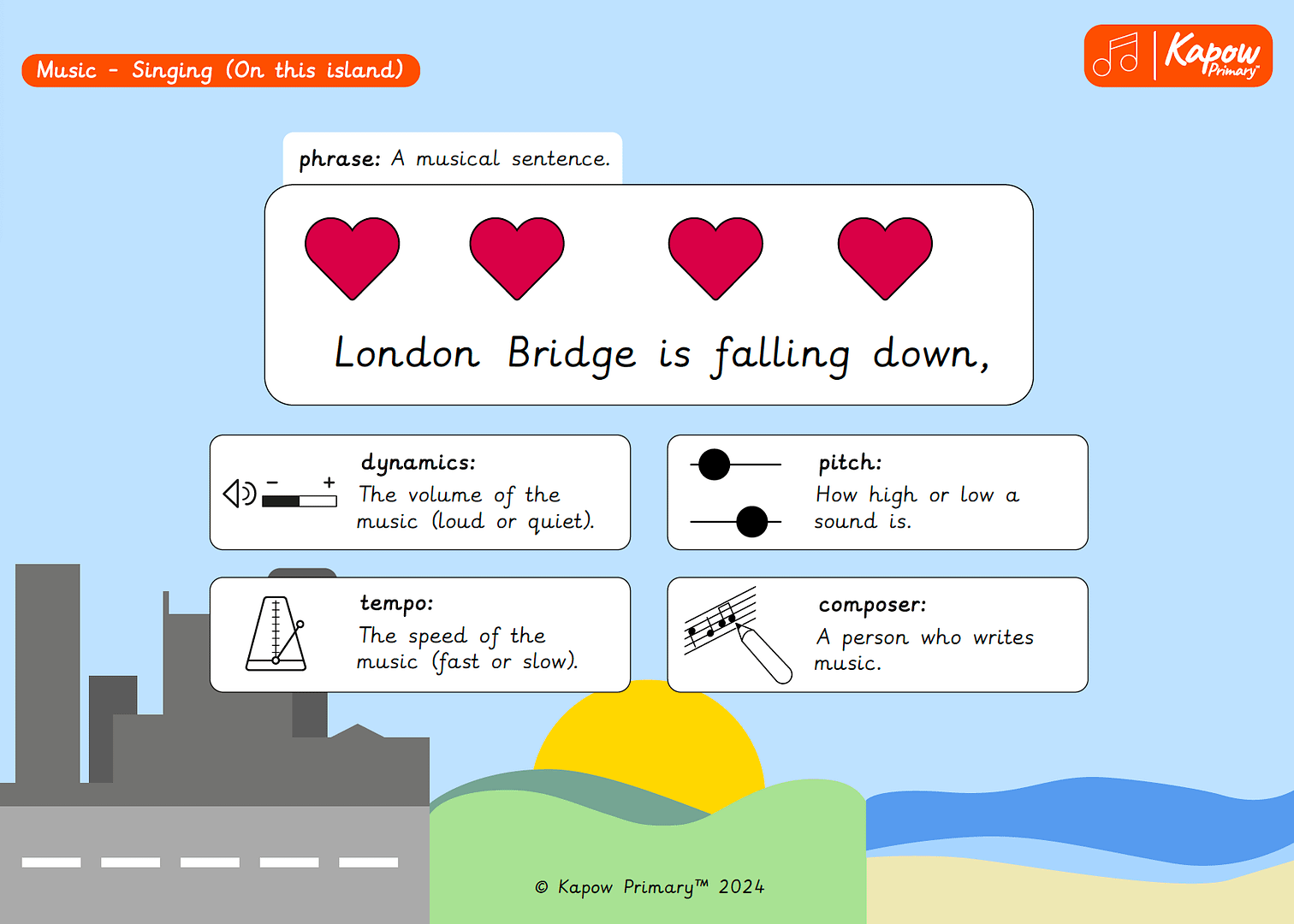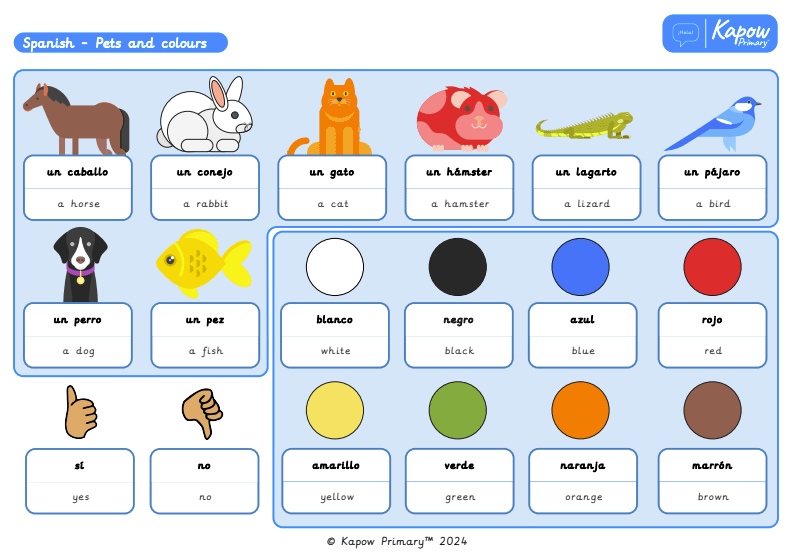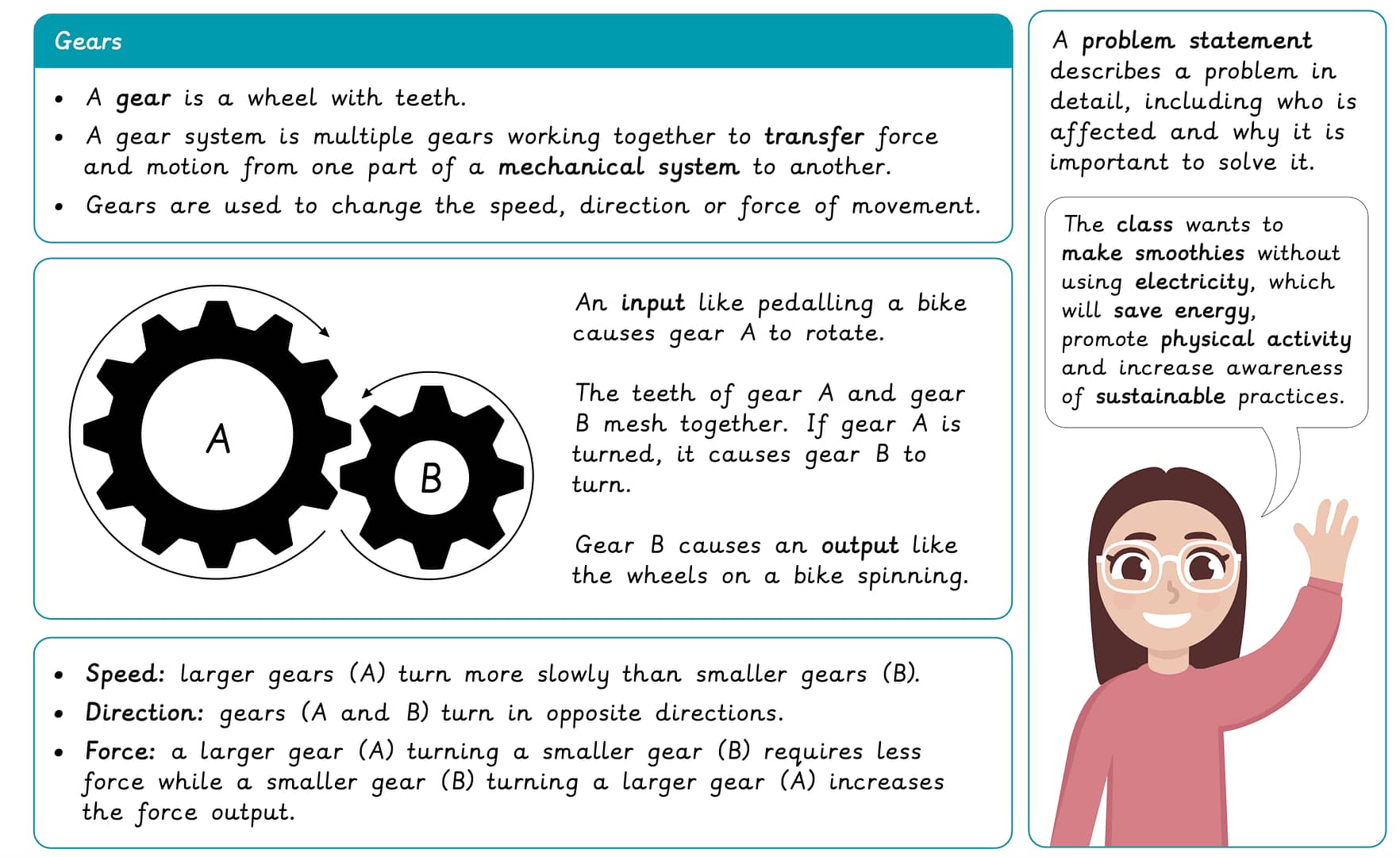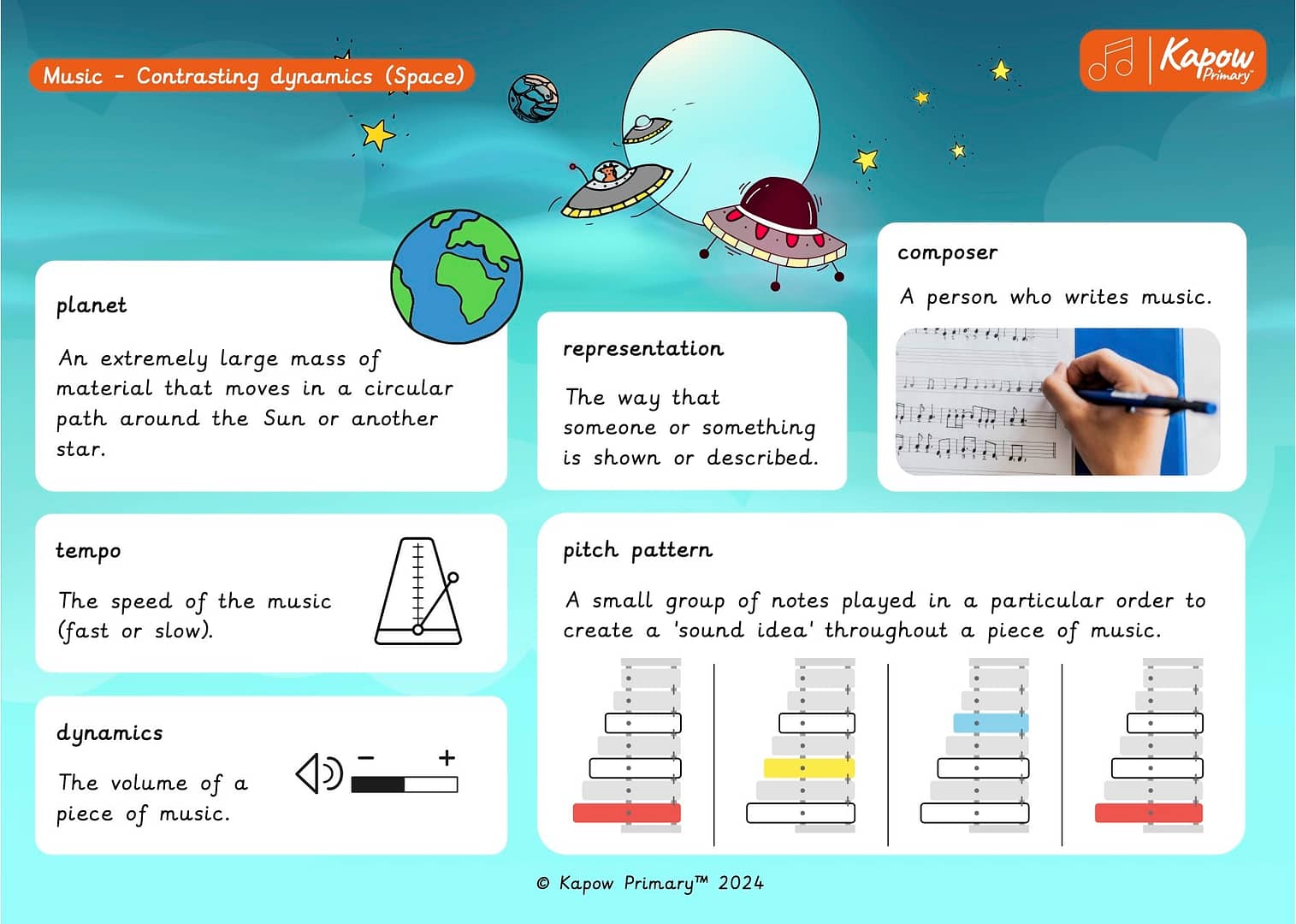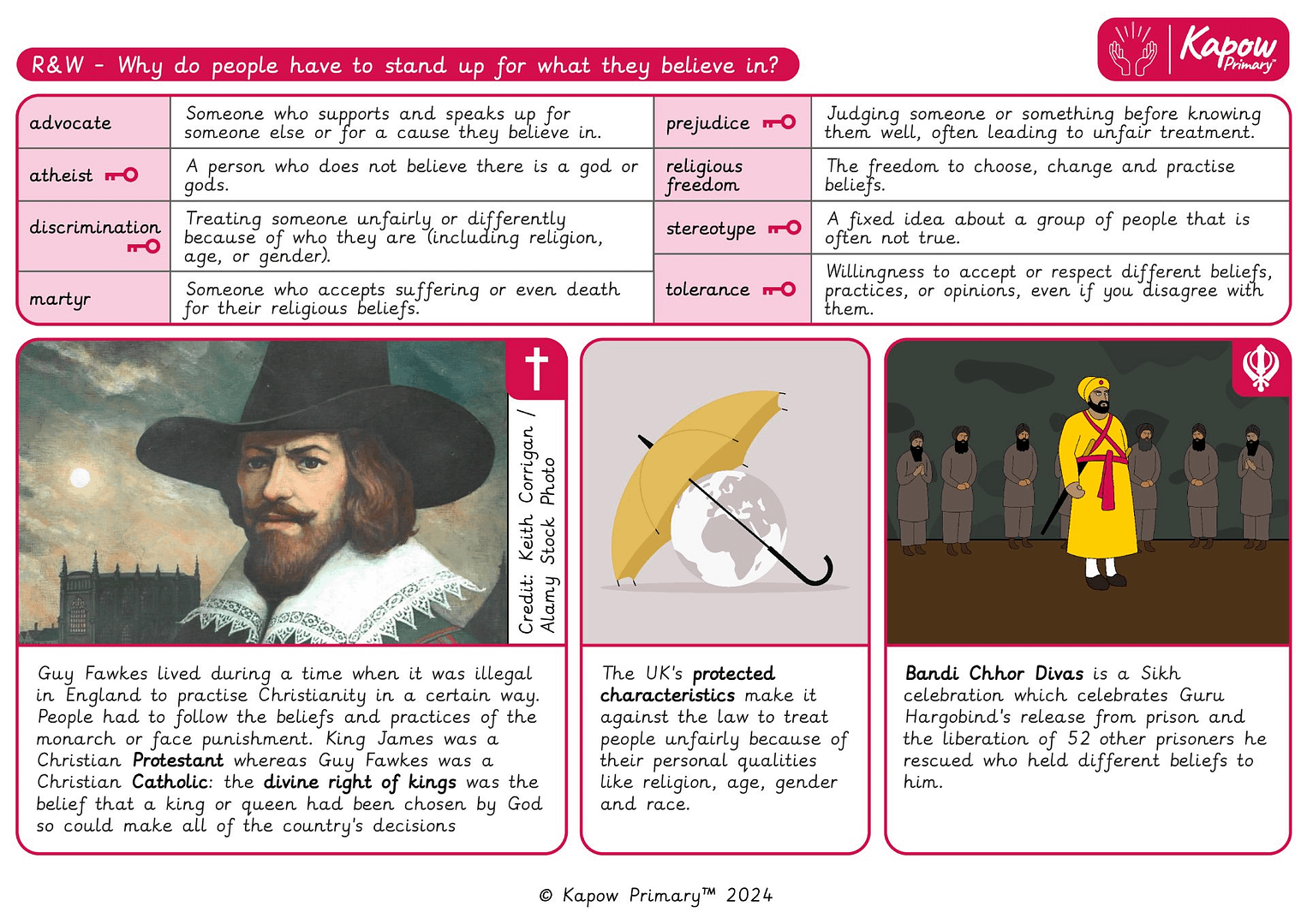
A Knowledge organiser that captures the essential knowledge and skills learnt throughout the unit Religion and worldviews, Year 5/6 (A), Why do people have to stand up for what they believe in?
This resource is designed to help pupils understand how religious and personal beliefs influence people’s decisions to stand up for justice and equality. Through key vocabulary such as tolerance, advocate, prejudice, and religious freedom, pupils explore historical and cultural examples like Guy Fawkes and Bandi Chhor Divas. The organiser encourages reflection on protected characteristics, the consequences of discrimination, and the role of personal conviction in defending others’ rights. It is ideal for deepening understanding of social justice, moral courage, and respect for diversity.
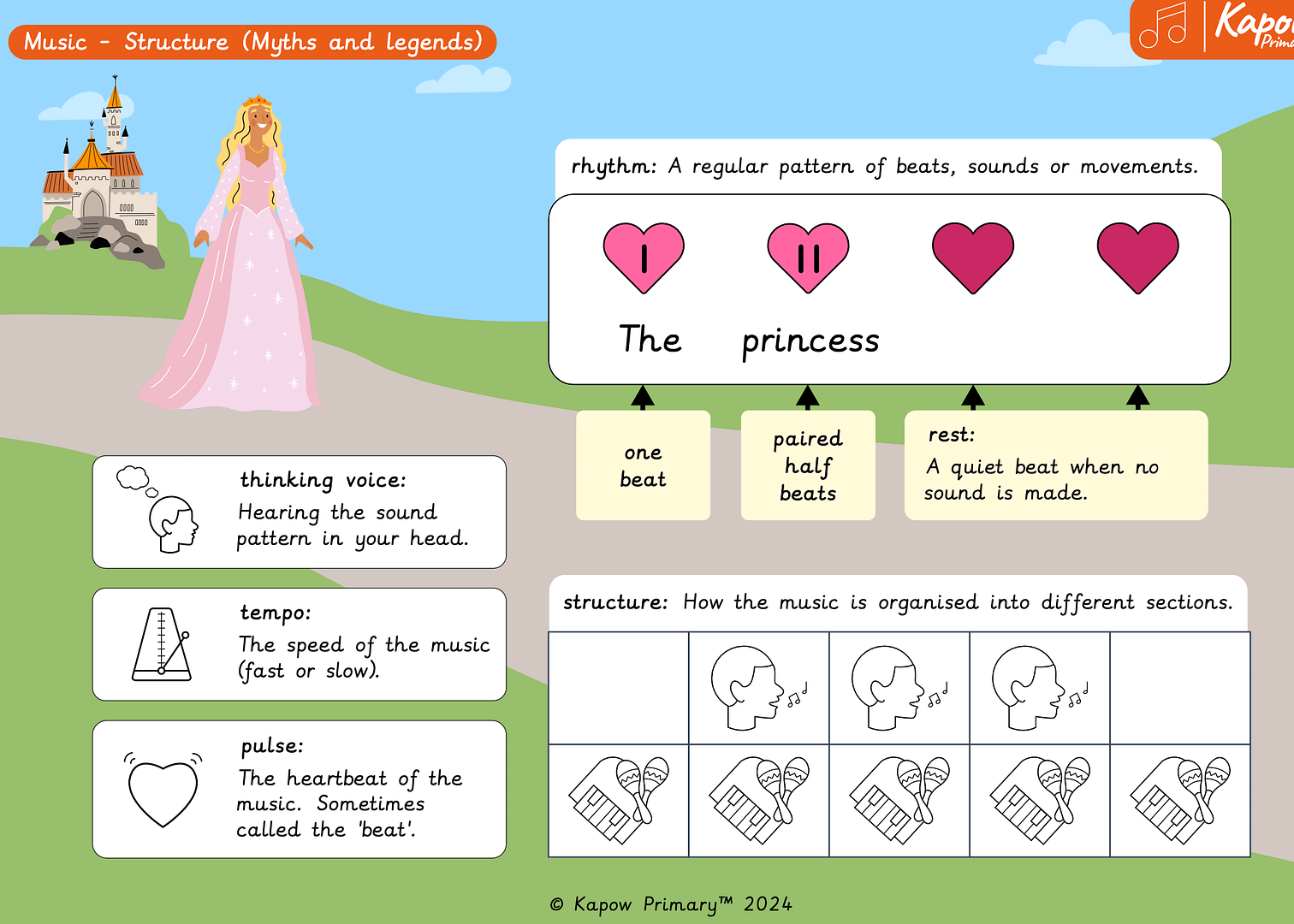
A Knowledge organiser that captures the essential knowledge and skills learnt throughout the mixed-age unit Music, Y2, Structure.
This resource is designed to support children as they explore how musical structure is used through stories in myths and legends. It highlights key vocabulary and concepts, such as rhythm, pulse and tempo, helping children understand how music is organised into different sections. It is perfect for consolidating essential knowledge and developing listening and performance skills in an engaging and meaningful way.
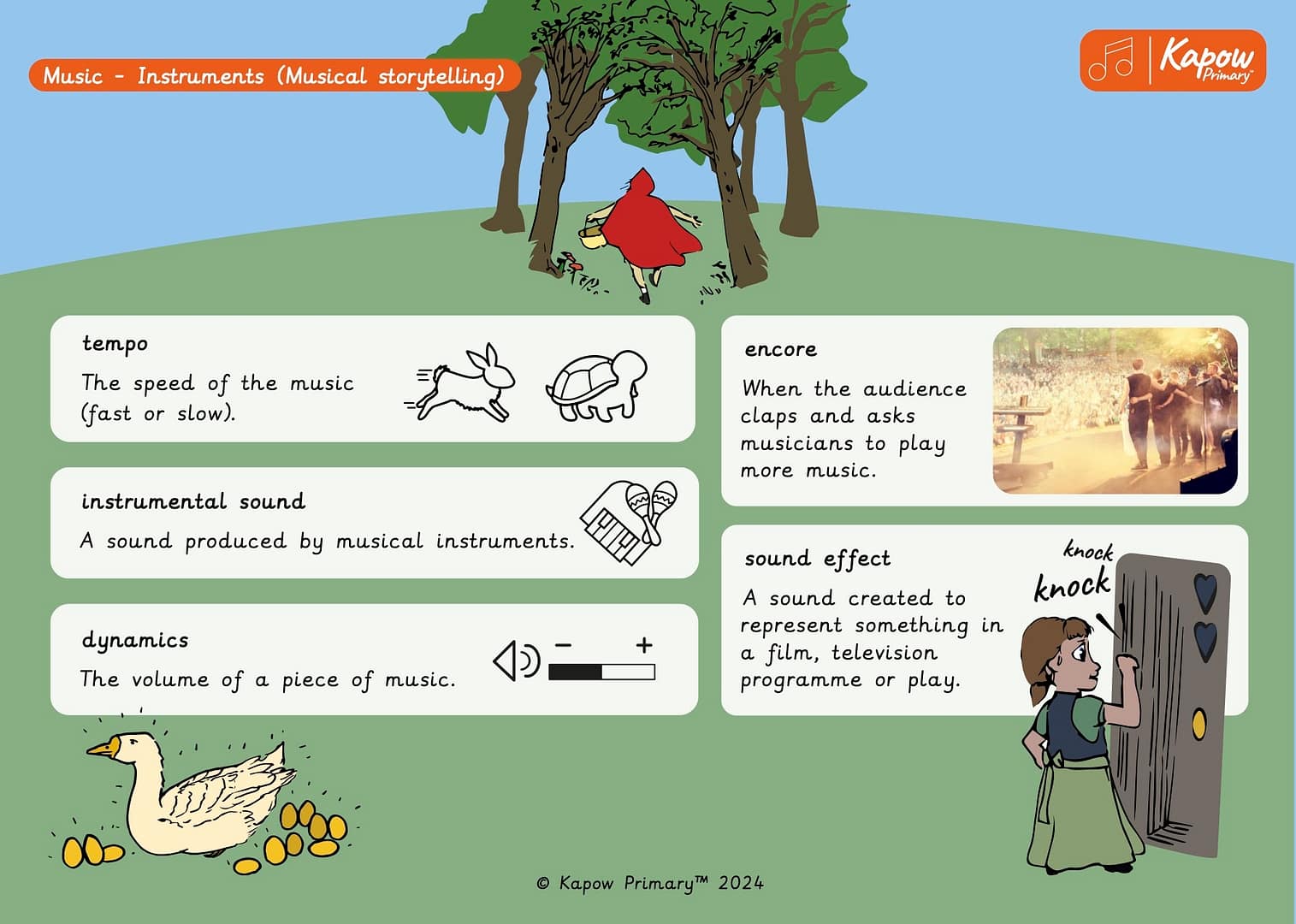
A Knowledge organiser that captures the essential knowledge and skills learnt throughout the unit Music, Year 2, Instruments (Musical Storytelling).
This Music resource is designed to support the pupils as they explore how music can be used to tell stories and convey emotions. It introduces key vocabulary such as rhythm, tempo, pitch, dynamics, and motif, helping the pupils understand how composers use musical elements to create narrative and atmosphere. The pupils will also learn to identify storytelling techniques in music and experiment with composing their own musical stories.
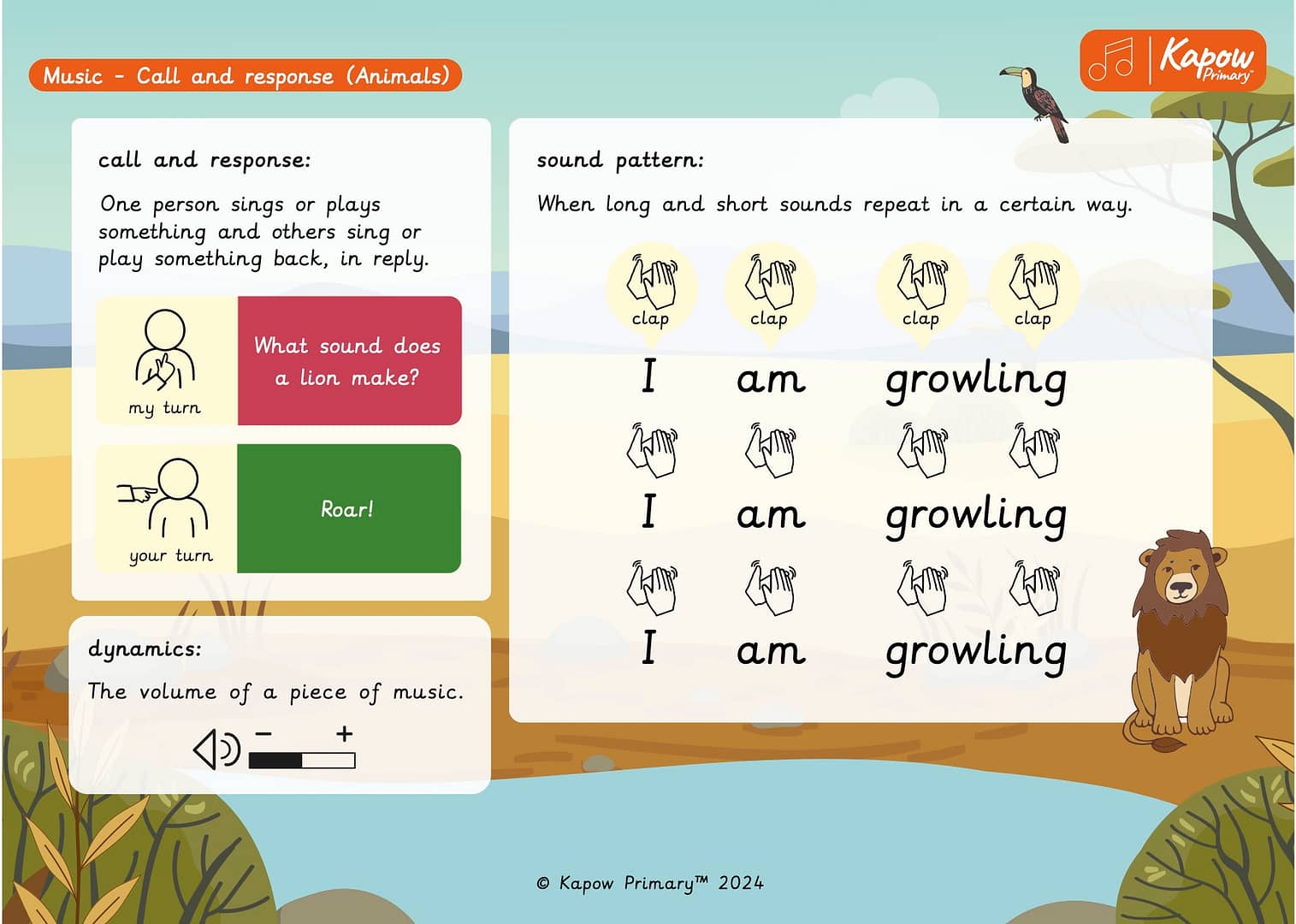
A Knowledge organiser that captures the essential knowledge and skills learnt throughout the unit Music, Year 2, Call and response (Animals).
This Music resource is designed to support the pupils as they explore how music can be used to represent different animals and their movements. It introduces key vocabulary such as tempo, dynamics, pitch, rhythm, and timbre, helping the pupils understand how composers use musical elements to depict animal characteristics. The pupils will also learn to identify different musical pieces that represent animals and experiment with creating their own animal-inspired compositions.



